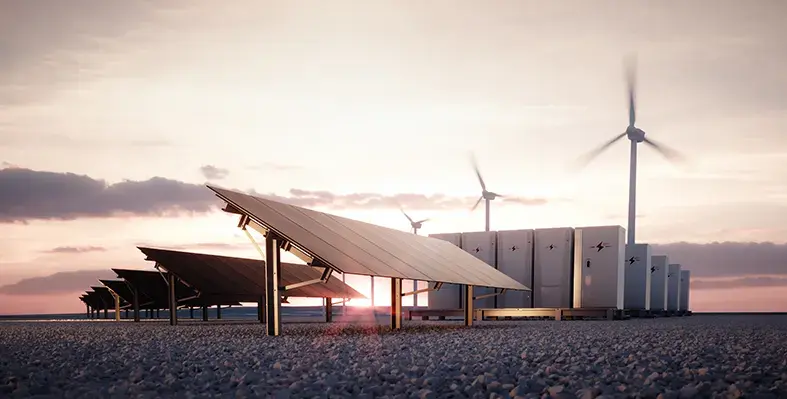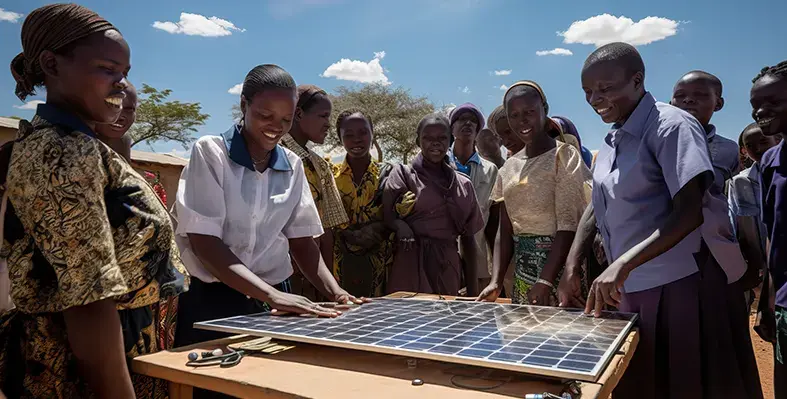
The partnership will deliver fully integrated, turnkey renewable energy solutions tailored for mining operations
Voltalia, a global leader in renewable energy, has announced a strategic partnership with IFC, a member of the World Bank Group, to advance clean energy solutions for mining operations in Africa
Mining remains a highly energy-intensive sector, with many sites dependent on fossil fuels, especially in areas with limited access to stable power grids. While Africa contributes only a small portion of global greenhouse gas emissions, its vast mineral resources make it central to shaping a sustainable energy future.
Through this collaboration, Voltalia and IFC will work together to identify and develop Power-to-Mine (PtM) projects, aimed at reducing mining companies’ reliance on carbon-intensive energy by integrating renewable solutions. The focus will be on the near- to medium-term deployment of renewable energy infrastructure across selected African countries.
Voltalia brings extensive expertise across the entire project lifecycle, ensuring reliable and high-performance energy systems. The partnership will deliver fully integrated, turnkey renewable energy solutions tailored for mining operations, potentially including hybrid solar-wind systems, battery storage, corporate power purchase agreements (PPAs), and construction and maintenance services.
Robert Klein, CEO of Voltalia, commented, “This collaboration with IFC reflects our shared ambition to accelerate the minerals sector’s transition to cleaner energy. By combining Voltalia’s technical expertise with IFC’s development-driven approach, we’re helping to build a more resilient and sustainable energy future for the mining sector.”
Valerie Levkov, IFC global industry director for energy, metals & mining and Sustainable Infrastructure Advisory, said, “IFC’s partnership with Voltalia will bring renewable energy technologies to Africa’s important minerals sector, which contributes to jobs and economic development across the continent. Working with Voltalia, IFC will support tangible and long-term solutions that bring environmental and economic benefits.”
Voltalia’s enduring commitment to environmental improvement and local development underpins its strategy, making this initiative a natural extension of its purpose-driven mission.
The partnership also supports broader decarbonisation goals for the mineral industry and contributes to Mission 300, an initiative by the World Bank Group and African Development Bank to connect 300 million Africans to sustainable, affordable, and reliable electricity by 2030, alongside IFC’s push for distributed renewable energy solutions.



